Do these 11 things when growing flowers, and your flowers will bloom continuously

The following 11 maintenance tips can promote the continuous flowering of flowers in your home, help improve the amount of flowering, and make the flowering period longer. Of course, they are also techniques to promote the healthier growth of plants and flowers, and beginners must learn them.
1. Cut off withered and faded flowers
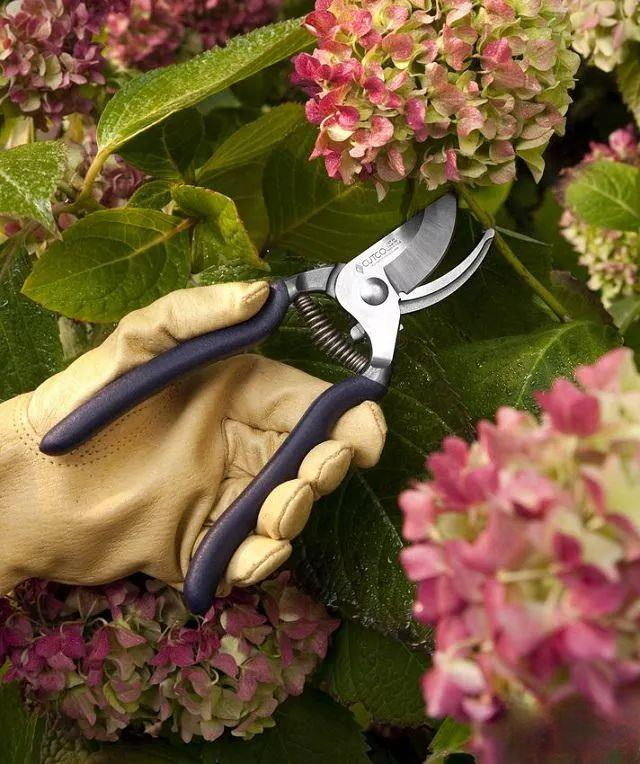
During the flowering period of the plant, some flowers that are beginning to fade or wither should be cut off in time. This can reduce the consumption of nutrients and promote other flowers to grow better. The preserved nutrients will also help the next flowering, truly allowing the plant to bloom continuously.
These include most plants, including common marigolds, zinnias, petunias, hydrangeas and geraniums.
2. Pinching (cutting off the top branches and leaves)
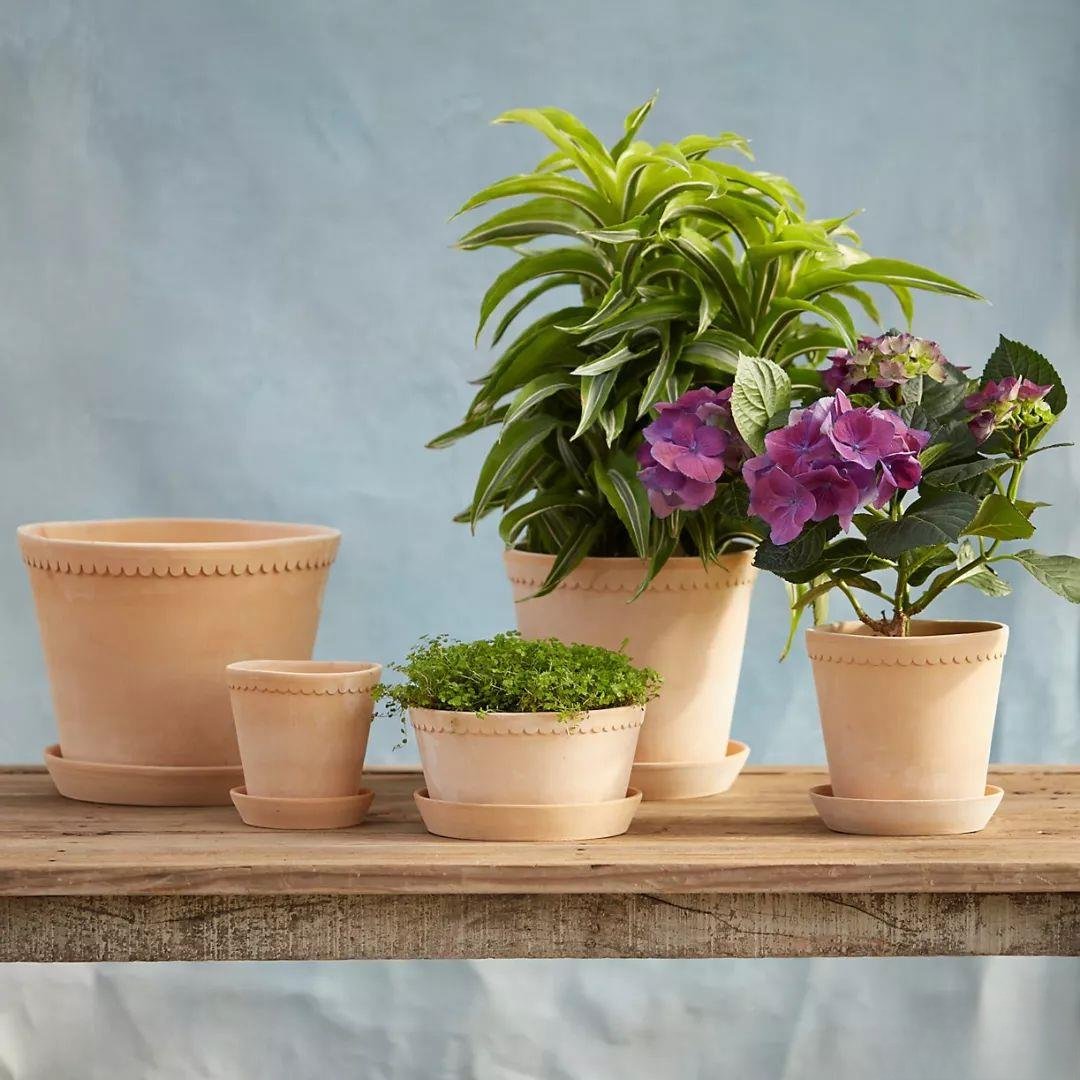
Pinching the tops of plants can help promote the growth of some dormant side branches and make the plants grow stronger. Pinching the tops can also make the plants grow more compact and prevent the plants from only growing taller without growing side branches.
Pinching can promote the vigorous growth of branches and leaves, which is beneficial for promoting flowering and allowing the plant to grow into a clump. When it blooms, it will grow into a flower ball, which will greatly improve its ornamental value. Pinching is usually done when the plant grows to about 15 to 22 cm.
3. Pinch off the flowers
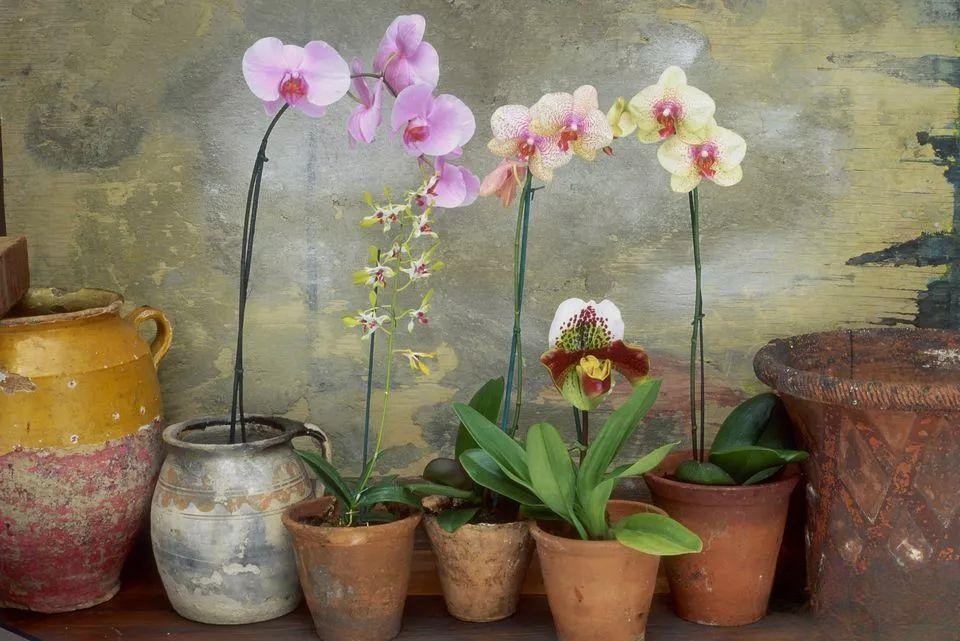
Many plants can be directly pinched off when they bloom for the first time. Many flower lovers think that they have worked hard to grow flowers, so why should they pinch them off? For example, the first bloom of common roses should be pinched off during the planting process. This can promote the plant to include more nutrients, allowing the plant to grow stronger before blooming, and then bloom more next time.
4. Proper pruning
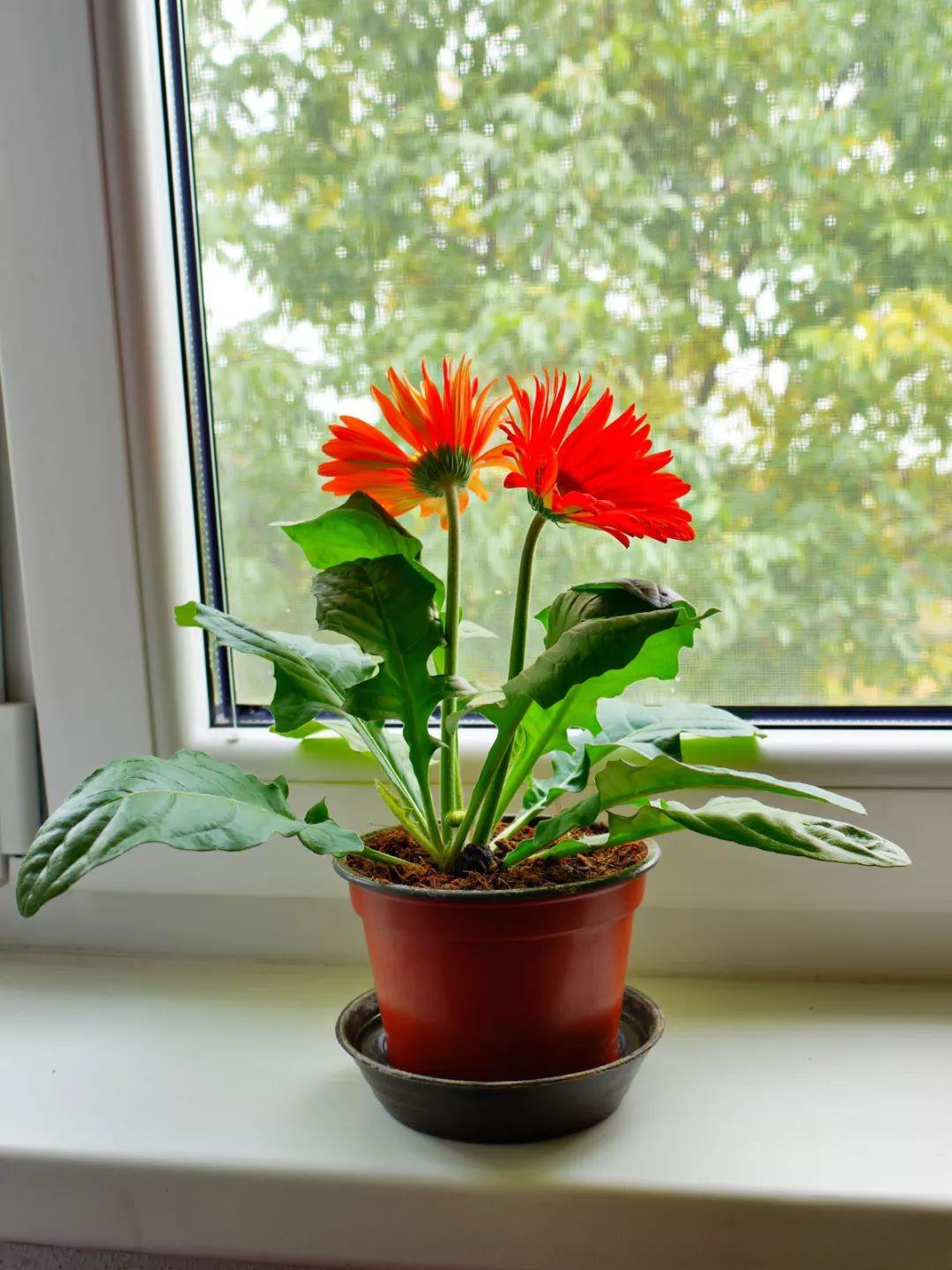
Cut off the dead flowers in time, and then add potassium dihydrogen phosphate appropriately to promote the second flowering of flowering plants. In addition, you need to pay attention to the proper pruning of branches and leaves. First of all, you need to understand whether the planted plants bloom on new branches. For example, common roses and jasmines should be pruned continuously every year, and even about 1/3 of the branches should be cut off at one time. This can promote the growth of more new branches and form more flower buds. Some old branches cannot form flower buds.
5. Mulch
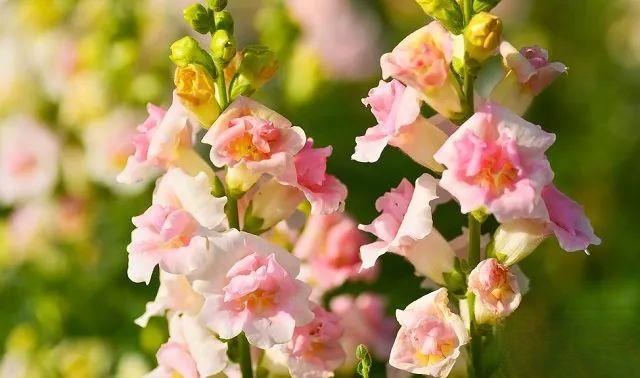
Adding a proper layer of sawdust or bark on the soil of the plant will help retain moisture, prevent the growth of weeds, and create a relatively breathable and cool environment in summer. This is applicable to most annual or perennial plants.
Some plants that like high heat can be covered with granular stones, which can obtain more heat during the day, maintain sufficient temperature for growth, and promote flowering of plants.
6. Continuous cultivation
During the sowing or cutting time of plants, the same plants can be planted in batches, so that when the plants bloom, they can also continue to bloom in batches. This is to artificially extend the flowering period, so that your yard or balcony can keep flowers for a long time, especially some bulb flowers, such as common daffodils, irises and daffodils.
7. Suitable soil
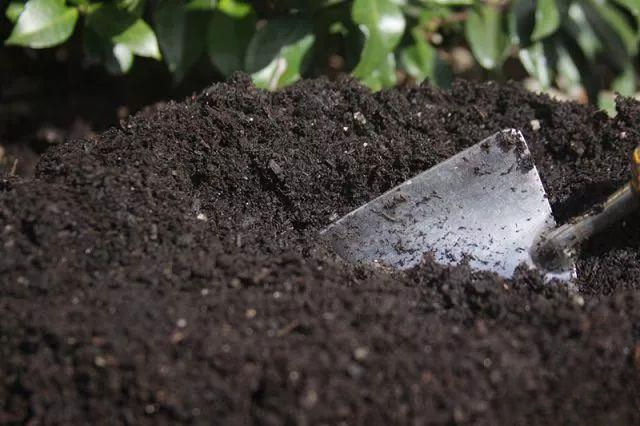
When growing flowers, you need to choose suitable soil, keep the soil loose, fertile and well-breathable, ensure that the soil contains enough organic matter, and ensure that the soil has good drainage. Doing these will promote the plants to bloom easily. In addition, pay attention to the pH value. Most flowering plants prefer slightly acidic soil.
8. Suitable for watering
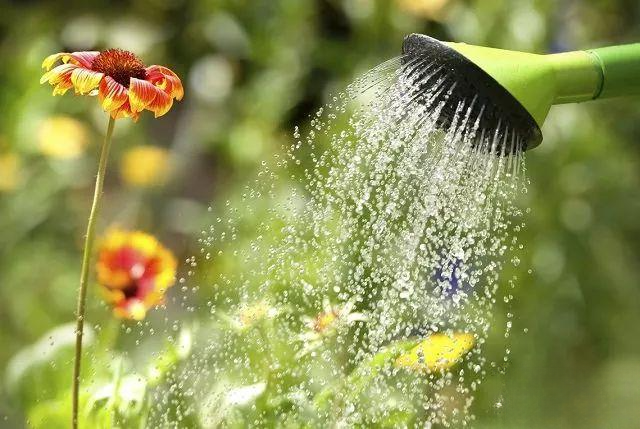
In nature, many plants will bloom brilliant flowers when there is a lack of water. This is their survival strategy to cultivate the next generation before withering, and it is also the growth instinct of plants.
When we are caring for flowers and plants, we cannot keep the soil of the plants moist for a long time. Sometimes letting the plants dry out a little can help them feel a sense of crisis and thus promote flowering. Of course, we must ensure that the soil has appropriate nutrients and light.
9. Fertilization
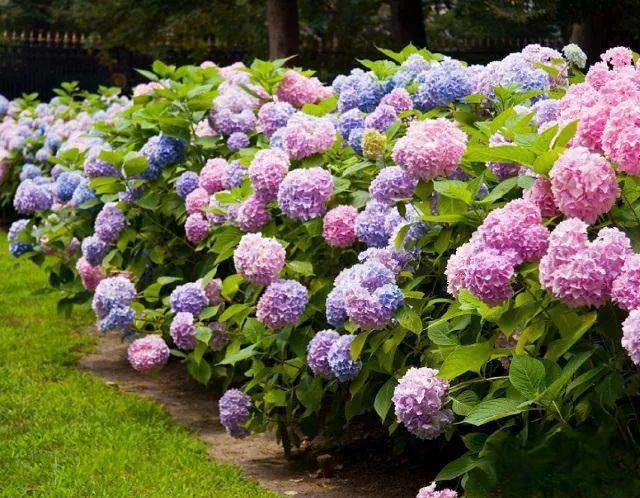
In order to promote flowering of plants, appropriate nutrients should be supplemented to the plants during the growing period. Before potting the plants, add a sufficient layer of compost or manure at the bottom of the pot or under the soil. Top dressing can be started 1 to 2 months after the plant growth recovers. Organic liquid fertilizer can be added every 2 to 3 weeks during the growing period.
Beginners can use slow-release granular fertilizer and add average fertilizer once a month during the growing season, which can promote the flowering of plants. Before the flowering period, potassium dihydrogen phosphate can be appropriately added.
10. Appropriate bud thinning and bud pinching
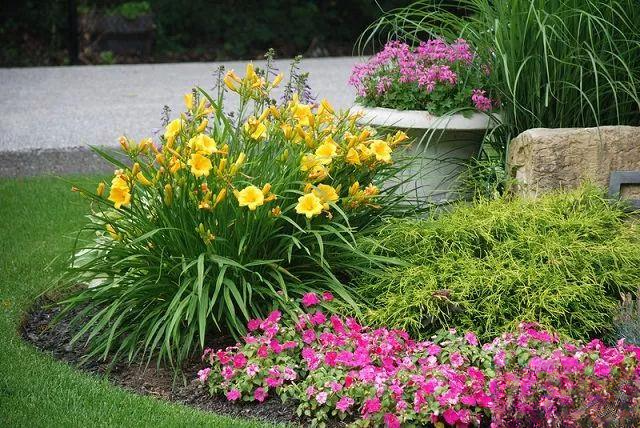
During the flowering period of the plant, if too many flower buds are produced, it will consume a lot of nutrients and even cause the buds to fall off continuously. Of course, it will be difficult to bloom better. At this time, you can pinch off some of the flower buds to promote more brilliant flowering and larger flowers.
In addition, during the growth process of the plant, some unnecessary buds should be pinched off appropriately to avoid the growth of too many axillary branches and the waste of nutrients.
11. Watch out for pests
If you can prevent pests in time, you can keep the plants flowering all year round. Especially in summer, scale insects and aphids are prone to outbreaks, which can cause great damage to plants. You must do a good job of prevention before the plants are infected with pests, keep the flower-growing environment clean, ventilated, and light-transmitting, and regularly apply fungicides for prevention.
If you see insect pests, spray pesticides in time to prevent them from multiplying and infecting other flowers.